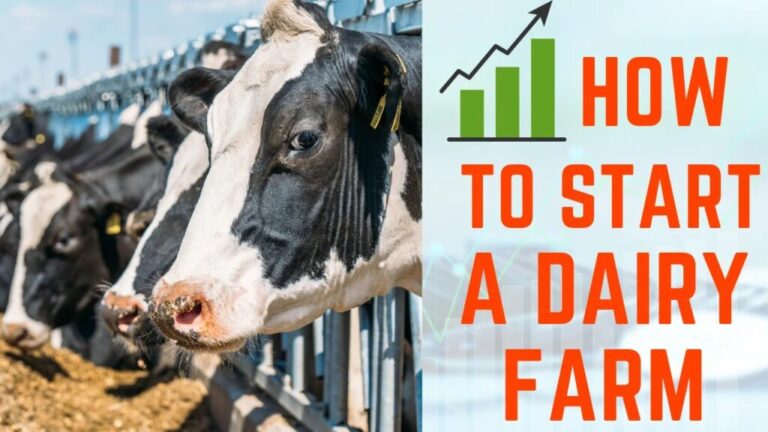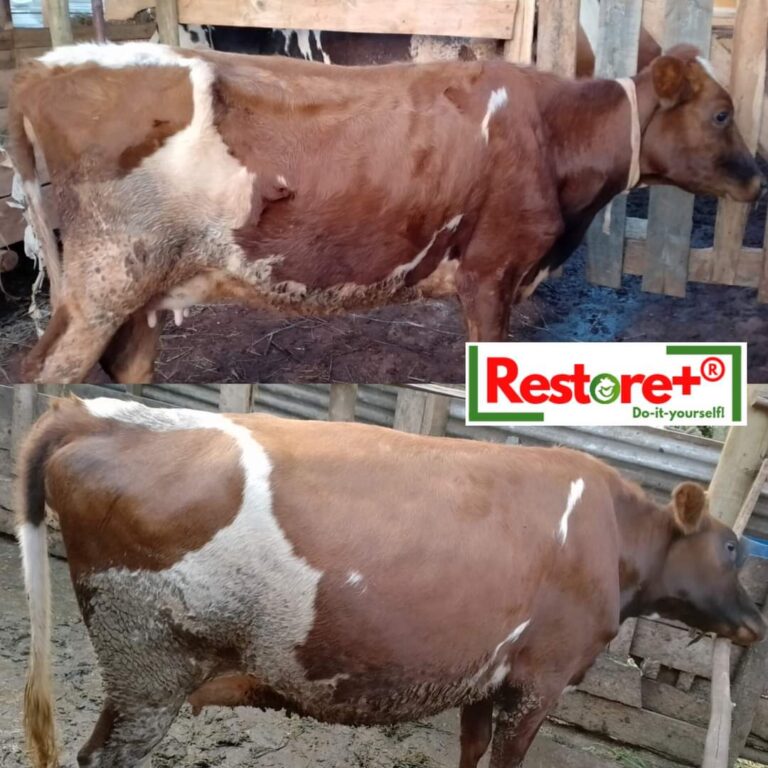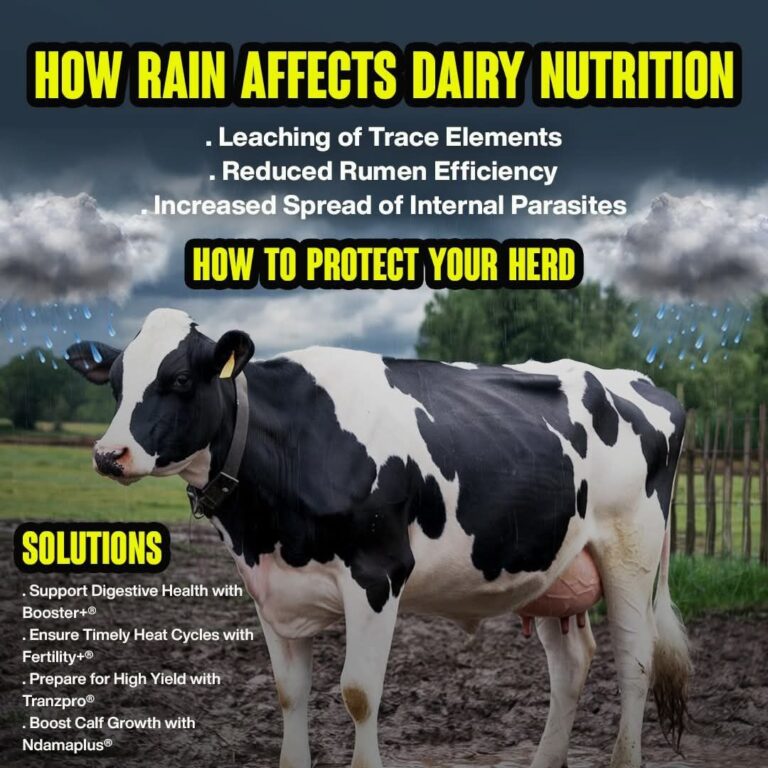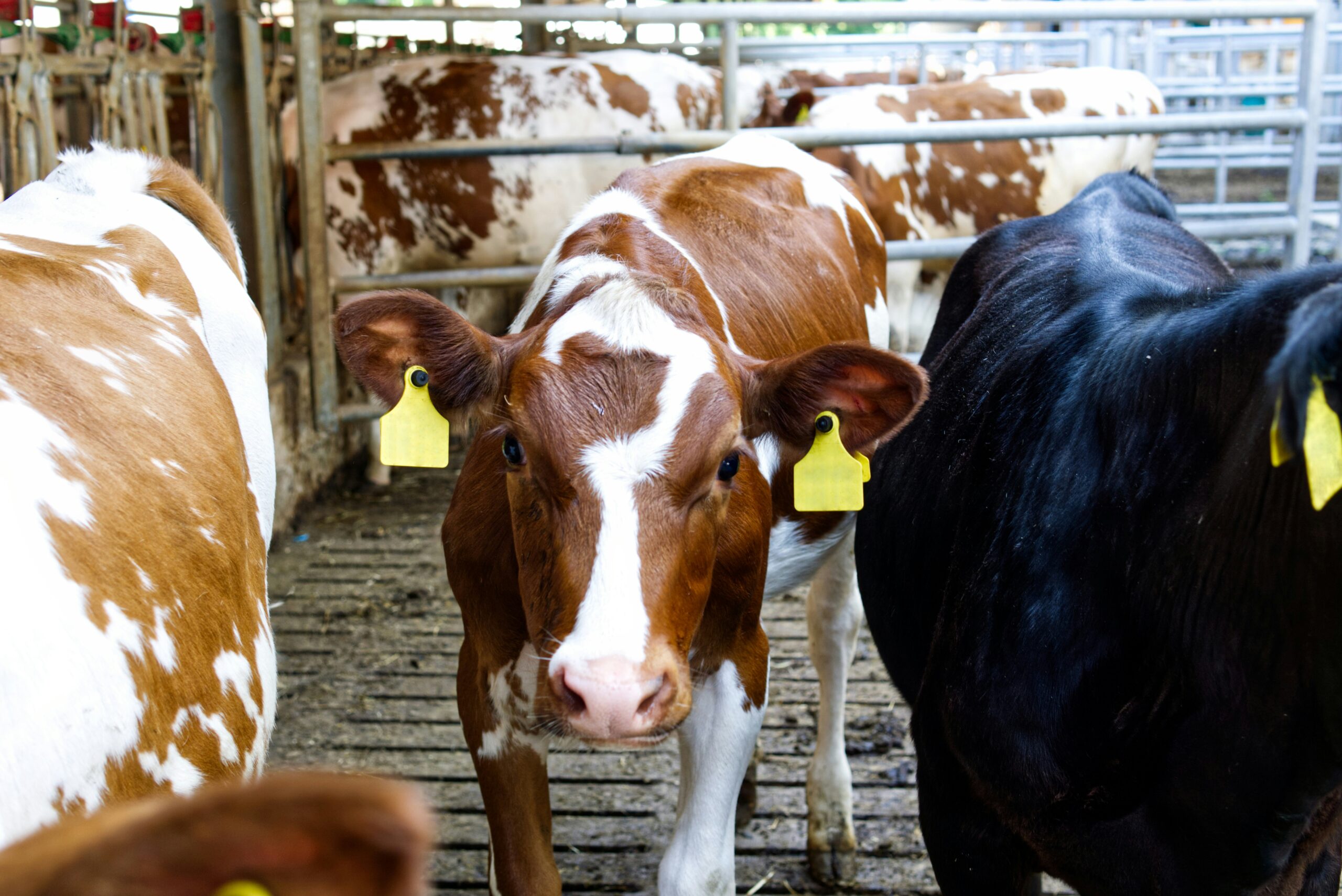Understanding the Dutch Dairy Miracle: Why the Netherlands Outperforms Kenya and Nigeria in Milk Production
When you look at the global dairy industry, the Netherlands stands out as a small yet powerful giant. Despite having a cattle population of just 3.8 million in 2022, the Netherlands produced an astonishing 14.5 billion liters of milk. In contrast, Kenya, with a cattle population of 23.5 million, and Nigeria, with 20.9 million cattle, managed to produce only 4.5 billion and 0.53 billion liters of milk, respectively. This discrepancy begs the question: Why does the Netherlands, with far fewer cows, outperform these larger African nations in milk production?

Key Factors Behind the Netherlands’ High Milk Production
- Advanced Dairy Farming Technology:
- The Netherlands is a global leader in dairy farming technology. From automated milking machines to sophisticated herd management systems, Dutch farmers have embraced innovation at every level. These technologies optimize the health, nutrition, and productivity of each cow, leading to higher milk yields.
- Selective Breeding and Genetics:
- Dutch dairy farmers have invested heavily in selective breeding programs aimed at improving the genetic makeup of their cattle. The result is a breed of cows that are not only healthier but also more productive. These cows produce more milk per day compared to the average cow in Kenya or Nigeria, where breeding programs may not be as advanced or widespread.
- Efficient Feed and Nutrition Management:
- The quality and consistency of feed are critical factors in milk production. In the Netherlands, cows are fed a highly nutritious diet that is carefully formulated to meet their specific needs. This diet often includes high-quality forages, grains, and supplements that enhance milk production. In contrast, many Kenyan and Nigerian farmers rely on less consistent and lower-quality feeds, which can limit milk output.
- Comprehensive Farmer Education and Support:
- The Dutch government and private sector have invested in extensive farmer education programs. Dutch farmers have access to continuous training and support, which helps them stay updated with the latest farming techniques and technologies. In Kenya and Nigeria, however, access to such training and resources is often limited, leading to less efficient farming practices.
- Excellent Veterinary Services and Herd Health Management:
- In the Netherlands, veterinary services are readily available, and there is a strong focus on herd health management. This ensures that cows remain healthy and productive throughout their lives. Diseases and health issues are promptly addressed, reducing the chances of milk production declines. In contrast, many Kenyan and Nigerian farmers struggle with access to veterinary care, which can lead to lower productivity.
Strategies to Increase Milk Production in Kenya
To improve Kenya’s milk production, several strategies can be implemented, drawing from the Dutch example:
- Investment in Dairy Farming Technology:
- Solution: The Kenyan government, in collaboration with the private sector, should invest in modern dairy farming technologies. This includes subsidizing the cost of automated milking machines, cooling systems, and herd management software to make them accessible to small-scale farmers.
- Enhancing Breeding Programs:
- Solution: Kenya should develop and expand selective breeding programs. By collaborating with international breeding experts and establishing local breeding centers, Kenyan farmers can access high-quality breeds that are more productive and resilient.
- Improving Feed Quality and Availability:
- Solution: The Kenyan government and agricultural organizations should focus on improving the quality and availability of livestock feed. This could involve promoting the cultivation of high-quality forage crops and providing subsidies for feed supplements. Additionally, educating farmers on proper nutrition and feed management is essential.
- Expanding Farmer Education and Training:
- Solution: Establishing more agricultural extension services and training centers across the country will help farmers stay informed about best practices in dairy farming. This can include workshops, online courses, and farmer field schools focusing on modern farming techniques, animal health, and efficient farm management.
- Strengthening Veterinary Services:
- Solution: Improving access to veterinary services is crucial. The government should invest in training more veterinarians and deploying them to rural areas. Mobile veterinary clinics and telemedicine services can also help reach farmers in remote locations, ensuring that herd health issues are addressed promptly.
- Creating Cooperative Models:
- Solution: Encouraging the formation of dairy cooperatives can help small-scale farmers pool resources, access better markets, and invest in shared infrastructure such as cooling plants and processing facilities. Cooperatives can also serve as platforms for collective bargaining, reducing the cost of inputs and increasing profitability.
- Encouraging Public-Private Partnerships:
- Solution: Public-private partnerships can play a significant role in enhancing the dairy sge, technology, and capital necessary to modernize the dairy industry.
Conclusion
While the Netherlands may have a smaller cattle population, its success in milk production is a result of a combination of advanced technology, selective breeding, efficient feed management, and comprehensive farmer support. By adopting similar strategies and tailoring them to the local context, Kenya can significantly boost its milk production, ensuring food security, improving livelihoods, and reducing dependency on imports. The journey may require substantial investment and policy shifts, but the potential benefits make it a worthwhile endeavor for the future of Kenya’s dairy industry








